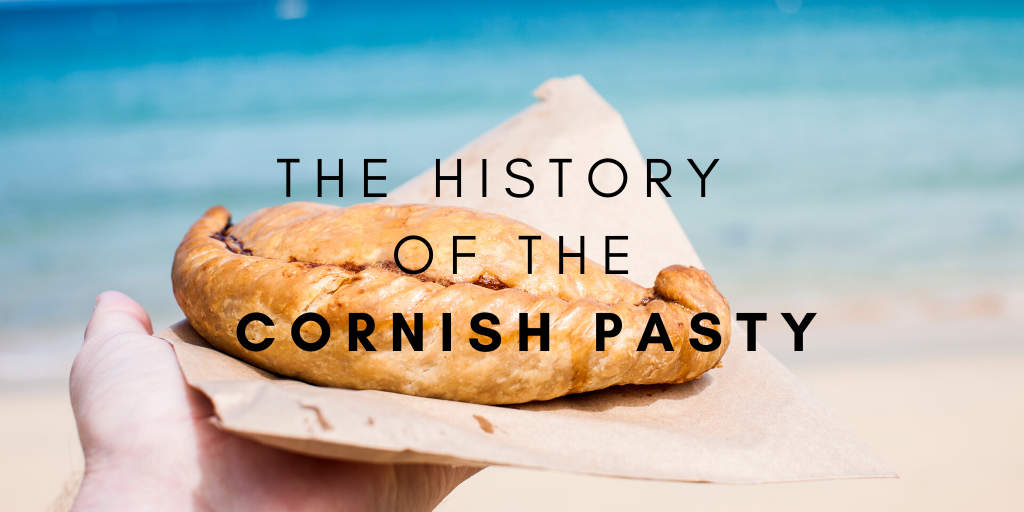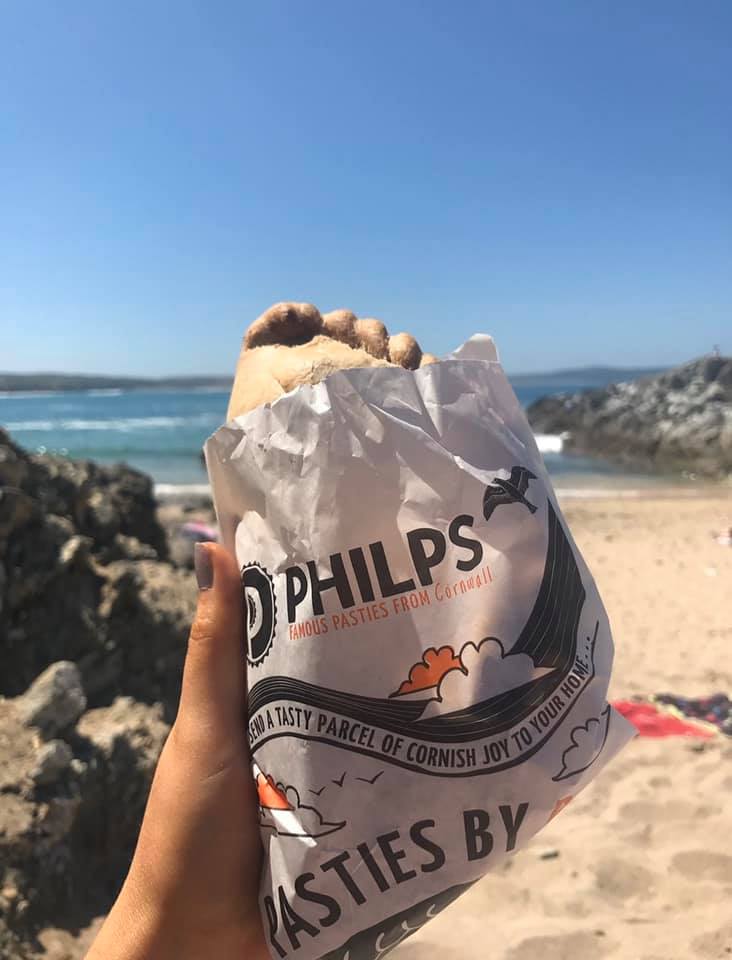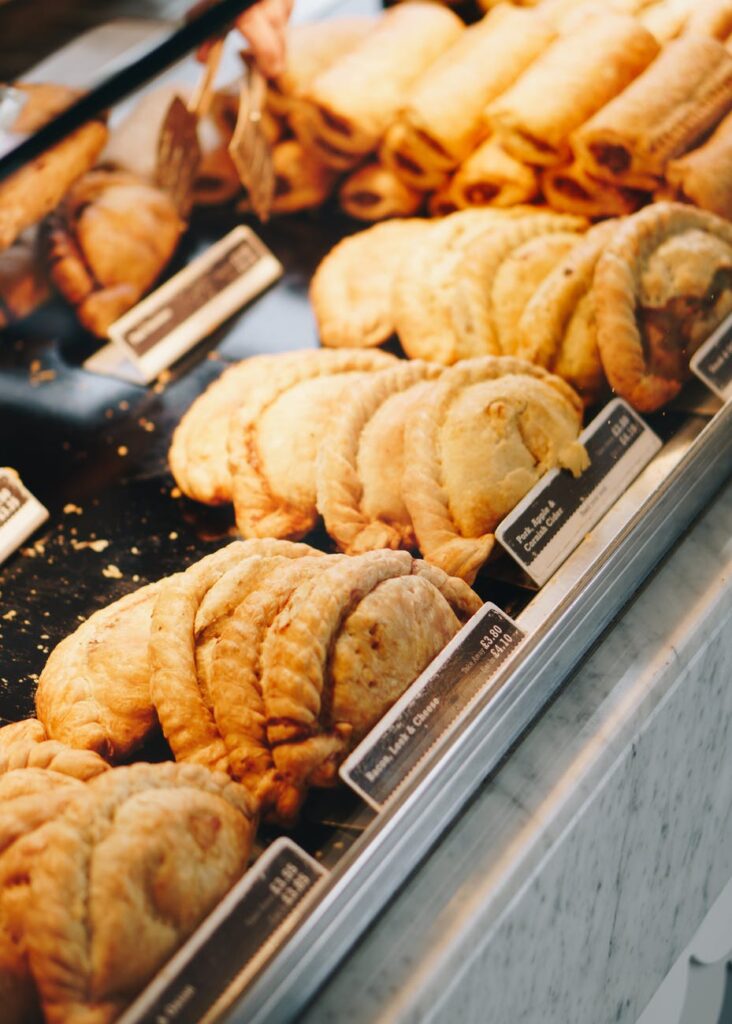
When going on holiday to Cornwall, you’ll probably find a Cornish pasty between your hands at one point or another. What you might not realise, however, is that the origins of the pasty go back at least eight centuries! Here we give you a brief rundown of what has made the pasty Cornwall’s most treasured food.
Origins of the Pasty
Although it is widely believed that we can thank the wives of the Cornish miners for the wonderful invention that is the pasty’ its origins do, in fact, date back at least 800 years. First documented in the 13th Century, under the reign of Henry III, bakers in Norwich were accused of reheating three day old pasties and selling them on to make a profit.
Pasties then continued to cause a bit more trouble for the pastry-makers. In 1350, a ban was put in place in London to prevent shops selling their rabbit and pastry concoctions for more than a penny! Despite these pasties being assembled a little differently than to how you would expect today, it did allow people to discover that meat could be wrapped up inside the pastry this way.

Influence of Cornish Mining
It wasn’t until the 19th Century that the Cornish pasty that we all know and love first became recognisable to us. After the third mining boom in the 18th century, the Cornish mining industry was flourishing. Some of the areas, such as Gwennap and St Day, were among the richest in the world and, at its height, the tin mining industry in Cornwall owned around 600 steam engines.
Men going into the mines needed a transportable, yet filling, lunch option that they could take with them. Known as the first convenience food, the filling would often consist of a potato and vegetable filling. The mixture placed in the middle of the pastry would be made very cheaply, but would be highly calorific to provide the miners with the energy that they needed to get through the day.
It was the thick, pastry casing that made it so easy for people to carry with them, as well as the shape, which was the right size for hands to hold. Alongside this, wives could customise the outer pasty shell by engraving family members initials into the crust with a toothpick to ensure that they were eating the right one.
Besides from it being a perfect handful, it has also been suggested that the ‘D’ shape of the snack allowed miners to hold the crust whilst eating before throwing it away, so as not to contaminate the food with their potentially arsenic-ridden hands. Arsenic was a huge problem for the miners, after it was discovered alongside the copper ores at mines such as Callington. In fact, the arsenic issue was so toxic that most people who came into contact with it died before reaching middle age.

Rising Popularity of Pasties
Towards the start of the 20th Century, pasties were becoming widespread, produced on an industrial scale and an essential for families. Women cooking pasties would shout into the mines “Oggie, oggie, oggie”, receiving a reply of “oi, oi, oi” when the miners were ready to eat. It is because of this that the British traditional rhyme came about, which is still used today.
Today, there are a wide variety of flavours available across the country. But don’t worry about it losing its place of origin. The pasty has been registered by the European Union as a Protected Geographical Indication, which means that is is protected due to being a regional food.
What Makes a Pasty?
So what should you look for when wanting to get the most authentic pasty possible? The minimum percentage of meat that a pasty should have is 12.5%, with at least 25% more of the pasty being filled with vegetables. No meat other than beef should be used if you want to have the most authentic experience, and the vegetables used in the filling should not deviate away from the specified mixture of potato, swede and onion.
Another interesting element that goes into the creation of the pasty is that none of the ingredients should be cooked before being placed in the pasty, although it does not matter which pastry is used to form the outer shell.
If this has got you in the mood for a pasty, then it could be the perfect excuse for a self catering holidays in Falmouth! Going on a self-catering holiday is the perfect excuse to have a pasty, and saves yourself cooking!
If you want to learn more about Cornish pasties, then check out our pasty facts post!